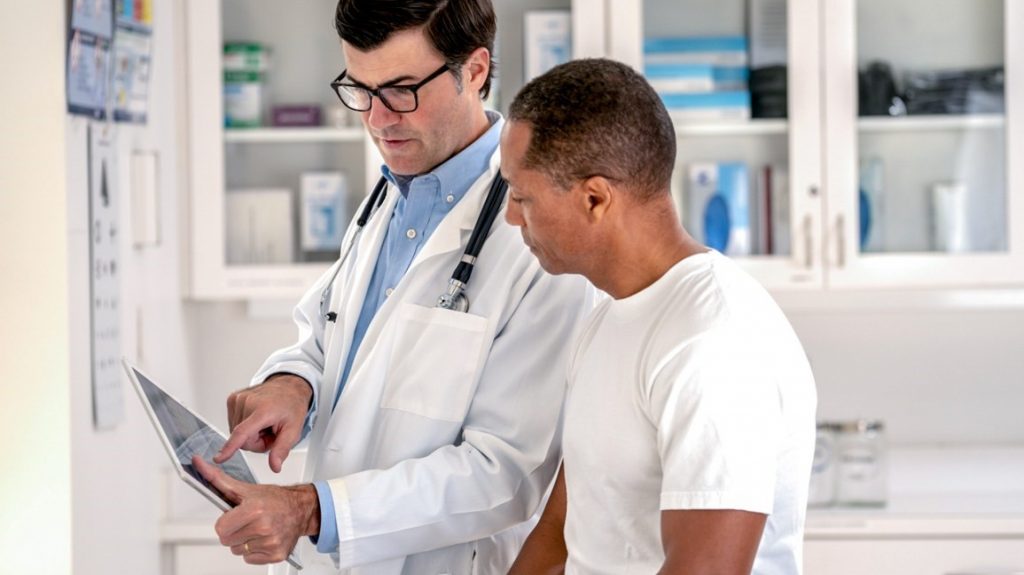Table of Contents
Prostate cancer is the most common type of cancer in men. Doctors don’t know what causes prostate cancer, but risk factors make it more likely for a man to develop this disease. There are several Prostate cancer treatments, but the most common is surgery.
This procedure can include removing the entire prostate gland or just some parts of it. If you have any persistent signs or symptoms after two weeks of taking antibiotics for a urinary tract infection, call your doctor right away because these might be signs of an enlarged prostate that could become infected with bacteria. It is important not to self-diagnose as many men think they have a prostate.

Symptoms of prostate cancer
Most people know that prostate cancer is the second leading cause of death in men. But did you know it’s the most common cancer in men? The good news is, we can all take steps to reduce our risk. You may have heard some symptoms or found out about family history, but what are they, and how do they affect your health?
Men must know the symptoms of prostate cancer to catch it early. Early detection can be life-saving, so it’s best to pay attention and try not to ignore any warning signs you may experience.
These are some common symptoms:
• Painful urination
• Weak or interrupted flow of urine
• Discomfort or difficulty during sex, including pain in the lower back, hips, or upper thighs.
Causes of prostate cancer
Prostate cancer is one of the most common cancers among males in their 40s and 50s. Prostate cancer can start when cells grow out of control. These cells are located around the prostate gland, which is found right below the bladder, where urine comes from.
Many factors contribute to prostate cancer growth, such as age, family history, ethnicity, and diet, to name a few. However, there has been no direct link between any specific food or dietary pattern and increased risk for developing prostate cancer.
Treatment options for prostate cancer
Prostate cancer is a type of cancer that affects the prostate, which is an organ in men. Tratamiento del cáncer de próstata options for prostate cancer can vary depending on factors such as the stage and grade of the disease, but there are a few things that should be known about all treatment options.
Higher grades will require more aggressive treatments than lower grades, and it’s important to know how much of a risk you pose to others before deciding your course of action. There are also different types of surgery available for those with prostate cancer; these range from robotic-assisted surgery to radical prostatectomy.
Prevention methods of getting or contracting prostate cancer
- The key to the prevention of prostate cancer is aware of the risks that you are exposed to.
- There are some risk factors for prostate cancer, such as obesity, smoking, and certain genetic conditions.
- Some high-risk groups include African Americans, men with a family history of the disease, and those who have had radiation therapy in their pelvic area or rectum. If you know your risk factors, then it may be possible to take steps to reduce them, which can prevent or slow down prostate cancer development.
- It’s important not only to be mindful about how we prevent getting the disease but also to stay healthy even if we don’t get it.
- Men should make sure they eat healthy foods and exercise regularly so they can live longer lives free from this deadly.
The best prostate cancer treatment is a combination of surgery, radiation therapy and hormone therapy. Surgery can be done in different ways, such as open or robotic surgery. Radiation treatment with external beam radiation therapy uses X-rays to destroy cancer cells while sparing the surrounding tissue from damage.



